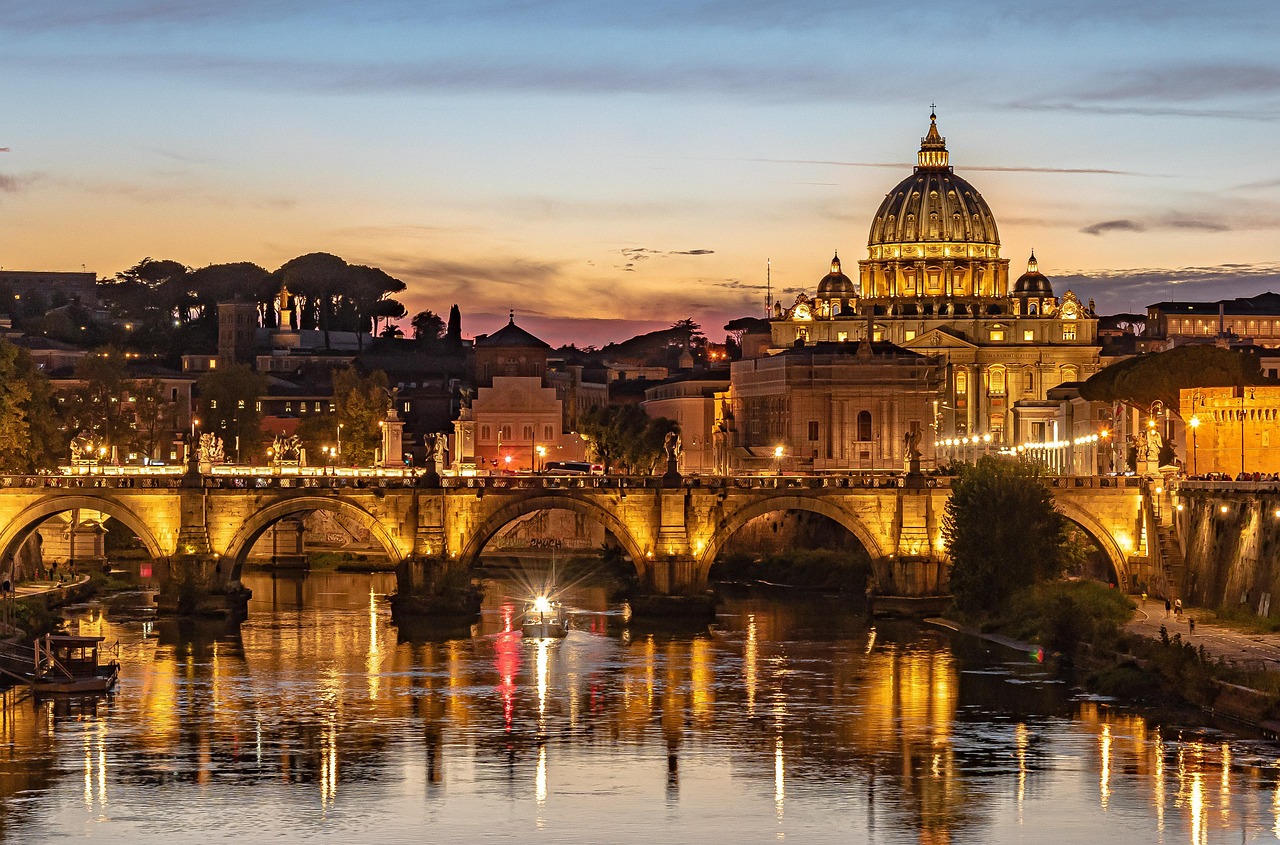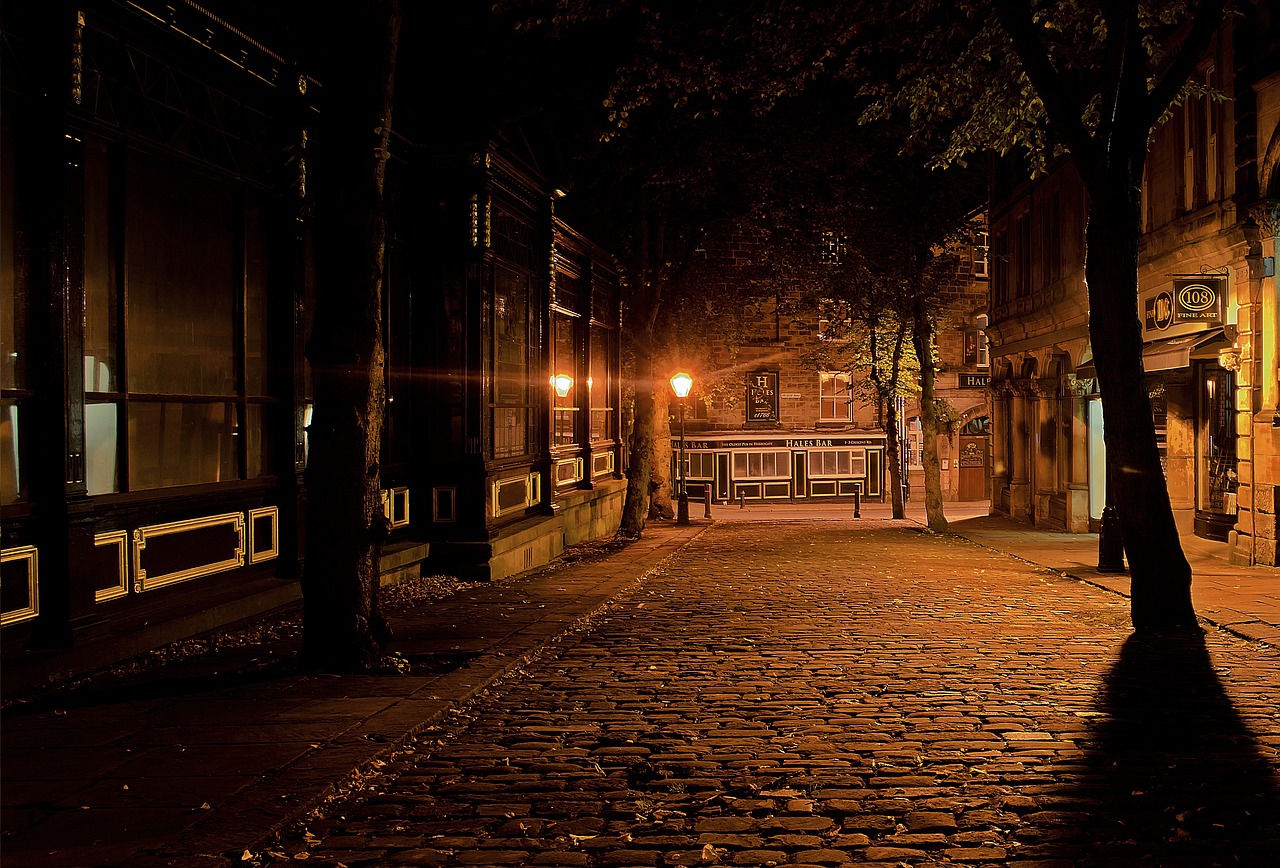Rome's Secret Ruins: Unearthing Ancient Marvels
travel | 4 minutes read | 9 months ago

The Hidden Marvels of Rome
When we think of Rome, we often picture the grandeur of the Colosseum, the impressive architecture of the Pantheon, and the beauty of the Trevi Fountain. However, Rome is also home to a number of lesser-known ancient ruins that are equally fascinating and rich in history. In this blog, we'll delve into the secret ruins of Rome and unearth some of the city's hidden marvels.The Crypta Balbi: A Glimpse into Ancient Roman Life
One of Rome's best-kept secrets, the Crypta Balbi is a unique archaeological site that offers a rare glimpse into the daily life of ancient Romans. This complex of ruins, located near the Theatre of Marcellus, was once a bustling neighborhood filled with residential buildings, workshops, and commercial spaces. As you wander through the remains of the Crypta Balbi, you'll have the opportunity to explore well-preserved artifacts, ancient inscriptions, and even a Roman road that once connected the area to the rest of the city. The site also houses a museum that showcases the history of the neighborhood and the development of Rome over the centuries. For history enthusiasts and anyone with a passion for archaeology, a visit to the Crypta Balbi is an absolute must. The site offers a fascinating look at the everyday lives of ancient Romans and provides a stark contrast to the more famous, grandiose ruins found throughout the city.
For history enthusiasts and anyone with a passion for archaeology, a visit to the Crypta Balbi is an absolute must. The site offers a fascinating look at the everyday lives of ancient Romans and provides a stark contrast to the more famous, grandiose ruins found throughout the city.
The Domus Aurea: Nero's Hidden Palace
Venture off the beaten path, and you'll discover the mesmerizing ruins of the Domus Aurea, or "Golden House," an extravagant palace built by the notorious Roman emperor Nero. Despite its opulence and grandeur, the palace was buried and forgotten for centuries, only to be rediscovered during the Renaissance. The Domus Aurea is renowned for its stunning frescoes, intricate wall paintings, and innovative architectural features that were far ahead of their time. As you explore the site, you'll be transported back to the decadent days of Nero's rule and gain a deeper understanding of ancient Roman art and culture. Visitors to the Domus Aurea can participate in guided tours that provide insight into Nero's lavish lifestyle and the archaeological significance of the site. This hidden gem offers a truly immersive experience that is sure to captivate anyone with an appreciation for history and luxury.
Visitors to the Domus Aurea can participate in guided tours that provide insight into Nero's lavish lifestyle and the archaeological significance of the site. This hidden gem offers a truly immersive experience that is sure to captivate anyone with an appreciation for history and luxury.
The Mithraeum of Circus Maximus: Uncovering a Mysterious Cult
Tucked away beneath the bustling streets of modern-day Rome lies the Mithraeum of Circus Maximus, an underground sanctuary dedicated to the cult of Mithras. This enigmatic site, discovered in 1931, offers a rare glimpse into the secretive rituals and beliefs of an ancient Roman mystery cult. The Mithraeum is adorned with intricate frescoes, marble altars, and a central relief depicting the god Mithras slaying a bull, a central motif in the Mithraic religion. Visitors can explore the underground chambers and learn about the customs and traditions of this elusive cult that once thrived in the heart of the Roman Empire. For those intrigued by esoteric beliefs and the mysterious side of ancient Rome, a visit to the Mithraeum of Circus Maximus promises a truly immersive and thought-provoking experience. The site sheds light on a lesser-known aspect of Roman spirituality and invites visitors to unravel the enigma of the Mithraic cult.
In
Rome's secret ruins are a treasure trove of history, culture, and intrigue that offer a unique perspective on the ancient world. While the iconic landmarks of the city certainly deserve attention, these hidden marvels provide a deeper and more intimate understanding of Rome's rich past. Whether you're a history buff, an archaeology enthusiast, or simply a curious traveler, exploring the secret ruins of Rome is an unforgettable journey through time.
For those intrigued by esoteric beliefs and the mysterious side of ancient Rome, a visit to the Mithraeum of Circus Maximus promises a truly immersive and thought-provoking experience. The site sheds light on a lesser-known aspect of Roman spirituality and invites visitors to unravel the enigma of the Mithraic cult.
In
Rome's secret ruins are a treasure trove of history, culture, and intrigue that offer a unique perspective on the ancient world. While the iconic landmarks of the city certainly deserve attention, these hidden marvels provide a deeper and more intimate understanding of Rome's rich past. Whether you're a history buff, an archaeology enthusiast, or simply a curious traveler, exploring the secret ruins of Rome is an unforgettable journey through time.


